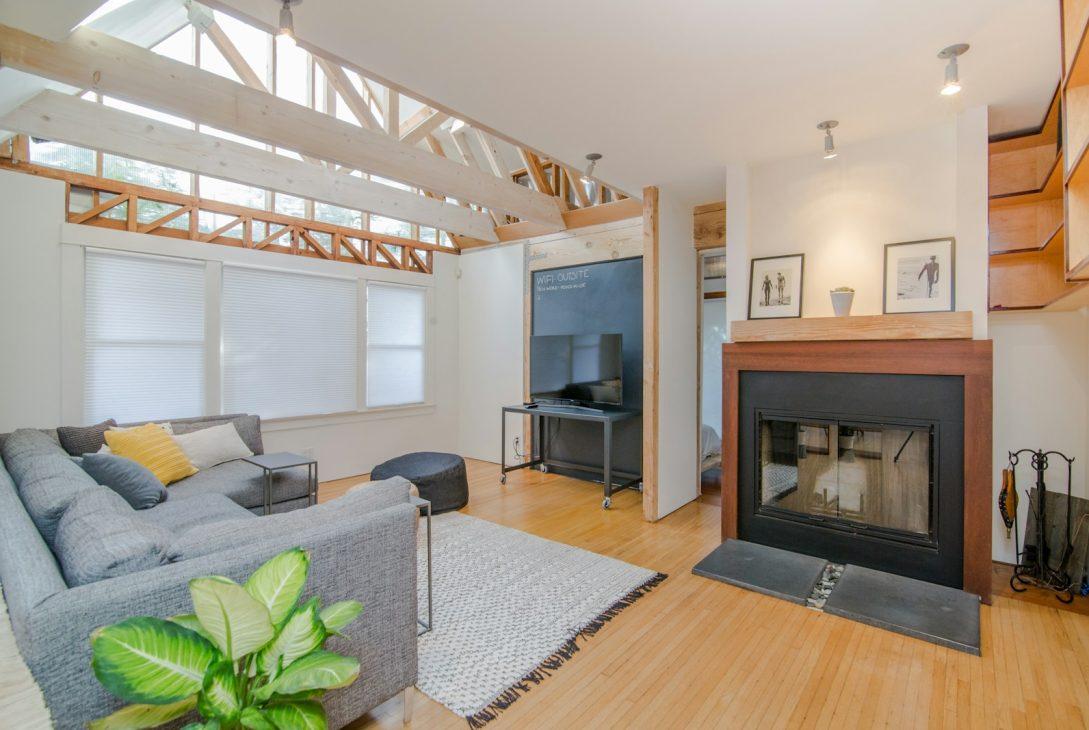Comfort at home is something everyone craves, especially when temperatures drop and systems get put to the test. Whether you’re maintaining a cozy indoor space or preparing for the next cold snap, a few smart upgrades can make your home safer, warmer, and more efficient.
It’s not always about a complete renovation; often, it’s about small, intentional improvements that go a long way.
1. The Power of Prevention in Home Comfort
How simple fixes prevent big problems
When it comes to keeping a home functional, prevention beats repair every time. A small leak, a worn cable, or poor insulation might seem minor—until the temperature dips below freezing. Then, those small oversights can quickly turn into costly repairs.
For example, using heat tape on pipes can help prevent freezing and bursting during harsh winters. This simple addition keeps water lines warm, saving you from potential plumbing disasters. Prevention through such smart choices ensures comfort without overcomplicating maintenance.
The mindset of a prepared homeowner
The best homeowners don’t wait for things to go wrong; they plan ahead. Whether that means scheduling seasonal maintenance or installing protective devices, the goal is peace of mind. Comfort is built not just with décor—but with decisions.
2. Small Changes, Major Impact
Focusing on high-use areas
Start with the parts of your home that see the most use: your kitchen, bathroom, and entryways. Insulate doors and windows, upgrade lighting, and add practical touches that reduce energy waste. These areas have the biggest influence on both comfort and utility bills.
When you’re intentional about your upgrades, even small changes—like sealing air leaks or installing programmable thermostats—can deliver long-term comfort and savings.
What NOT to do
Don’t overcomplicate upgrades. Home comfort doesn’t always require expensive technology or major remodels. Overdesigning often leads to clutter and frustration instead of simplicity and ease.
3. A Father’s Touch: Functional Family Living
Balancing practicality and comfort
Modern fathers are finding that home comfort isn’t just about aesthetics—it’s about functionality. With growing families, schedules, and responsibilities, creating a space that adapts to everyone’s needs is key. For more ideas on making home life more balanced, you can click here for insights into how modern dads simplify comfort through thoughtful choices.
Setting an example of care
Comfortable living spaces set the tone for care and connection. When the environment feels calm, families feel secure. And when parents lead by example—keeping things organized, maintained, and warm—it instills a sense of stability in everyone.
4. Outdoor Comfort and Aesthetic Harmony
Designing spaces that invite calm
Comfort isn’t limited to the indoors. Patios, gardens, and balconies can become sanctuaries of peace. Soft seating, natural textures, and layered lighting turn outdoor areas into natural extensions of the home.
You can learn more about creating balanced outdoor environments that combine practicality and beauty. The right setup turns every outdoor gathering into an experience—and makes staying home feel like a luxury.
Bringing warmth to every corner
Add features like outdoor heaters or weatherproof rugs for year-round enjoyment. The goal isn’t extravagance—it’s creating usable, comforting spaces where time slows down and family bonds grow stronger.
5. Sustainability Meets Comfort
The eco-conscious advantage
Home comfort today must also consider sustainability. Energy efficiency and environmental awareness go hand in hand with peace of mind. From smart thermostats to energy-saving lighting and recycled materials, every decision can make a difference.
A home that feels good and does good
Sustainability isn’t about sacrifice—it’s about smarter comfort. Choosing materials and systems that last longer, require less maintenance, and reduce waste leads to homes that age gracefully. That’s comfort for the present and responsibility for the future.
Conclusion
Comfort is built from care—care for your home, your family, and your choices. Whether it’s using heat tape on pipes to safeguard against the cold, drawing inspiration from resources that encourage family-friendly upgrades, or exploring outdoor comfort ideas, small decisions can redefine how “home” feels.
The most comfortable homes aren’t perfect—they’re prepared, balanced, and filled with warmth that comes from intention.











